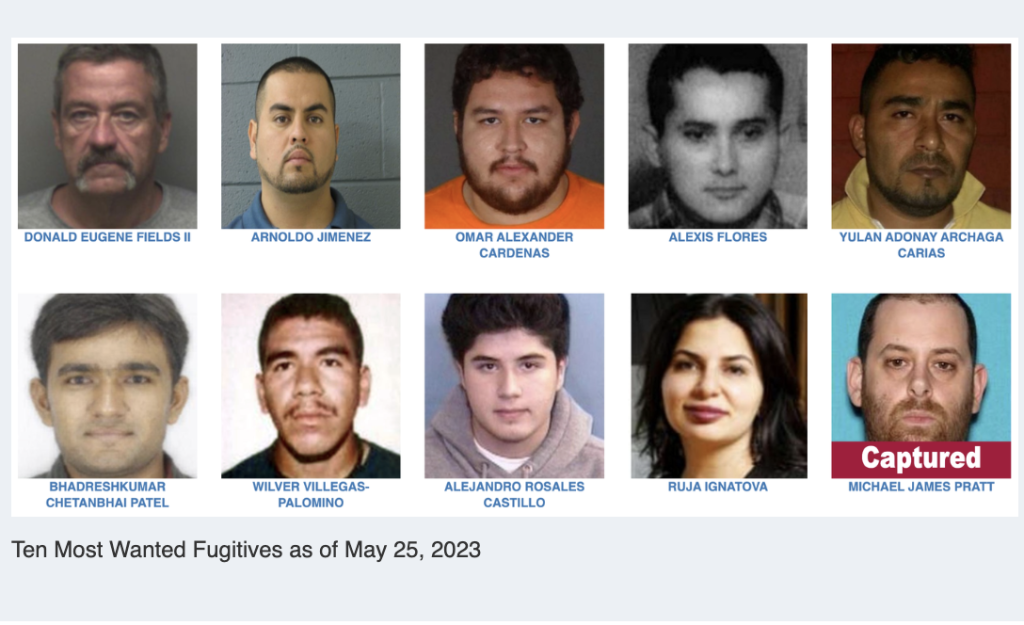What you don’t know about Child Custody.
Child Custody Laws: A State-by-State Guide to New York, Florida, California, and Texas
Child custody laws are complex and can vary significantly from state to state. Understanding the unique laws and regulations in your state is essential when navigating a child custody dispute. In this guide, we provide an overview of child custody laws in New York, Florida, California, and Texas.

New York
- In New York, child custody laws are gender-neutral, meaning that both parents have equal rights to custody of their child.
- The court considers the best interests of the child when determining custody arrangements.
- New York recognizes two types of custody: legal custody and physical custody.
- Legal custody refers to the parent’s right to make decisions on behalf of the child, such as medical and educational decisions.
- Physical custody refers to where the child resides.
- Joint custody is typically preferred in New York, unless it is not in the best interests of the child.
- If one parent has a history of domestic abuse, it may impact custody decisions.
- New York also recognizes visitation rights for non-custodial parents.
Florida
- In Florida, child custody is referred to as time-sharing.
- The court considers the best interests of the child when determining time-sharing arrangements.
- The court also considers each parent’s capacity to maintain a relationship with the child and their ability to encourage a relationship with the other parent.
- Florida recognizes two types of time-sharing arrangements: majority time-sharing and equal time-sharing.
- Majority time-sharing means that one parent has the child for the majority of the time.
- Equal time-sharing means that each parent has the child for an equal amount of time.
- Florida also recognizes visitation rights for non-custodial parents.
- If one parent has a history of domestic abuse, it may impact time-sharing arrangements.
California
- In California, child custody laws are gender-neutral, meaning that both parents have equal rights to custody of their child.
- The court considers the best interests of the child when determining custody arrangements.
- California recognizes two types of custody: legal custody and physical custody.
- Legal custody refers to the parent’s right to make decisions on behalf of the child, such as medical and educational decisions.
- Physical custody refers to where the child resides.
- Joint custody is typically preferred in California, unless it is not in the child’s best interests.
- California also recognizes visitation rights for non-custodial parents.
- If one parent has a history of domestic abuse, it may impact custody decisions.
Texas
- In Texas, child custody is referred to as conservatorship.
- The court considers the best interests of the child when determining conservatorship arrangements.
- Texas recognizes two types of conservatorship: joint managing conservatorship and sole managing conservatorship.
- Joint managing conservatorship means that both parents have equal rights to make decisions on behalf of the child, such as medical and educational decisions.
- Sole managing conservatorship means that one parent has the right to make decisions on behalf of the child.
- Texas also recognizes visitation rights for non-conservator parents.
- If one parent has a history of domestic abuse, it may impact conservatorship decisions.
Conclusion Child custody laws can be complex and vary significantly from state to state. It is essential to understand the unique laws and regulations in your state when navigating a child custody dispute. In New York, child custody laws are gender-neutral, and joint custody is typically preferred. In Florida, child custody is referred to as time-sharing, and the court considers each parent’s capacity to maintain a relationship with the child. In California, child custody laws are gender-neutral and joint custody is typically preferred. In Texas, child custody is referred to as conservatorship, and both joint and sole conservatorship may be awarded. If you are dealing with a child custody dispute, it is important to consult with a qualified attorney who can guide you through the legal process and help you achieve the best outcome for you and your child.





